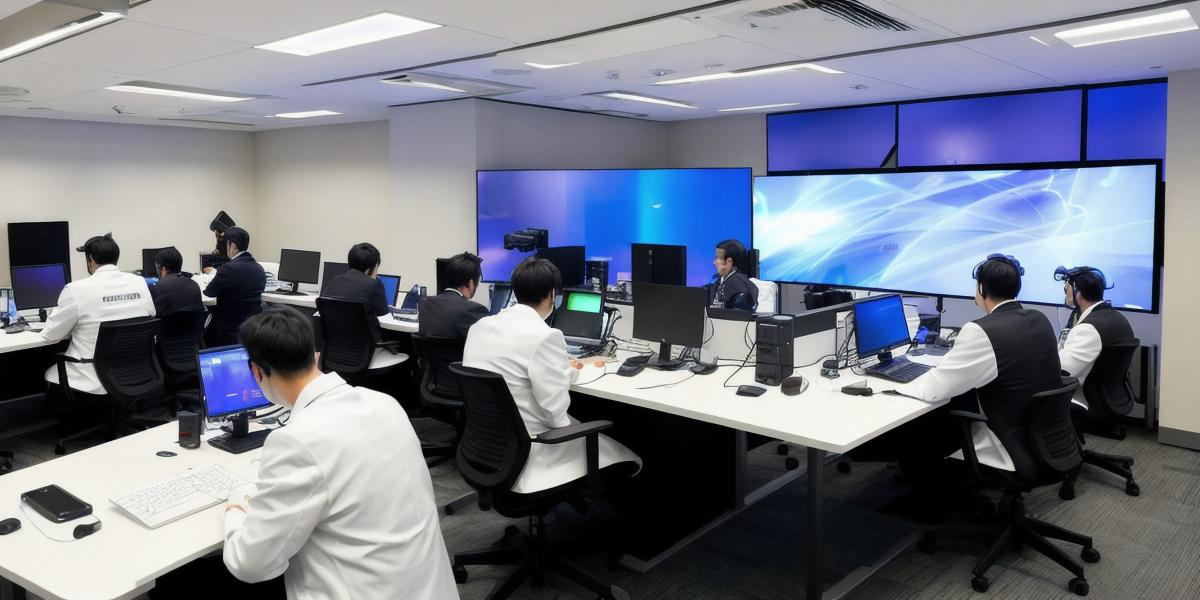Introduction:
Game development is a complex process that requires rigorous testing and quality assurance (QA) measures to ensure the game is free from bugs, glitches, and other issues that can negatively impact player experience. Game development QA professionals play a crucial role in identifying and resolving these issues before the game is released, ensuring it meets the high standards expected by players. In this article, we will provide 10 essential tips for game development QA to optimize quality assurance testing and ensure a seamless gaming experience.

Tip 1: Define Testing Objectives
Before starting any testing phase, it is essential to define clear testing objectives. This includes identifying the specific areas of the game that require testing, such as user interface (UI), graphics, audio, and performance. Defining these objectives will help QA professionals focus their efforts on areas that need the most attention, ensuring comprehensive coverage.
Tip 2: Utilize Automated Testing Tools
Automated testing tools can significantly reduce the time and effort required for manual testing. These tools can be used to test various aspects of the game, including UI, graphics, audio, and performance. Automated testing tools can also help identify issues that may not be apparent during manual testing, ensuring a more thorough testing process.
Tip 3: Prioritize Testing Based on Risk Assessment
When planning testing strategies, it is essential to prioritize testing based on risk assessment. This includes identifying areas of the game that are most critical and require the most extensive testing. By prioritizing testing based on risk assessment, QA professionals can ensure they cover all crucial areas of the game and reduce the likelihood of bugs or issues that could negatively impact player experience.
Tip 4: Use Real Users for Testing
Real users are an excellent resource for identifying issues that may not be apparent during manual testing. By using real users to test the game, QA professionals can gain valuable insights into how players interact with the game and identify areas that need improvement. This can include usability issues, performance problems, and other issues that can impact player experience.
Tip 5: Incorporate Exploratory Testing
Exploratory testing is an effective way to identify issues that may not be apparent through traditional testing methods. This involves allowing QA professionals to explore the game and identify areas that need testing based on their intuition and experience. By incorporating exploratory testing into the testing process, QA professionals can uncover issues that may have been missed during manual testing.
Tip 6: Document Testing Results
Documenting testing results is essential for ensuring that all issues are resolved before the game is released. This includes documenting all testing scenarios, identifying bugs and issues, and providing recommendations for resolution. By documenting testing results, QA professionals can ensure that all issues are addressed and the game meets the high standards expected by players.
Tip 7: Collaborate with Other Teams
Collaboration is essential for ensuring a successful testing process. This includes working closely with other teams, such as developers and designers, to identify areas of the game that require testing and provide feedback on issues that need resolution. By collaborating with other teams, QA professionals can ensure that all aspects of the game are thoroughly tested and any issues are addressed in a timely manner.
Tip 8: Use Data Analytics for Testing
Data analytics can provide valuable insights into how players interact with the game and identify areas that need improvement. By analyzing data on player behavior, QA professionals can identify trends and patterns that can inform testing strategies and help ensure that all aspects of the game are thoroughly tested.
Tip 9: Continuously Improve Testing Processes
Continuous improvement is essential for ensuring that the testing process is as efficient and effective as possible. This includes identifying areas for improvement, implementing new testing methods and tools, and providing ongoing training to QA professionals. By continuously improving testing processes, QA professionals can ensure that they are always at the forefront of testing best practices and can adapt to changing needs.
Tip 10: Conduct Thorough Regression Testing
Regression testing is essential for ensuring that any changes made to the game do not negatively impact existing functionality. This includes conducting thorough regression testing before each release to identify any issues that may have been introduced during development. By conducting thorough regression testing, QA professionals can ensure that the game remains stable and reliable, providing players with a seamless gaming experience.
Conclusion:
Game development is a complex process that requires rigorous testing and quality assurance measures to ensure the game is free from bugs, glitches, and other issues that can negatively impact player experience. Game development QA professionals play a crucial role in identifying and resolving these issues before the game is released, ensuring it meets the high standards expected by players. By following these 10 essential tips for game development QA, teams can optimize their testing process and ensure that the final product is of the highest quality.
